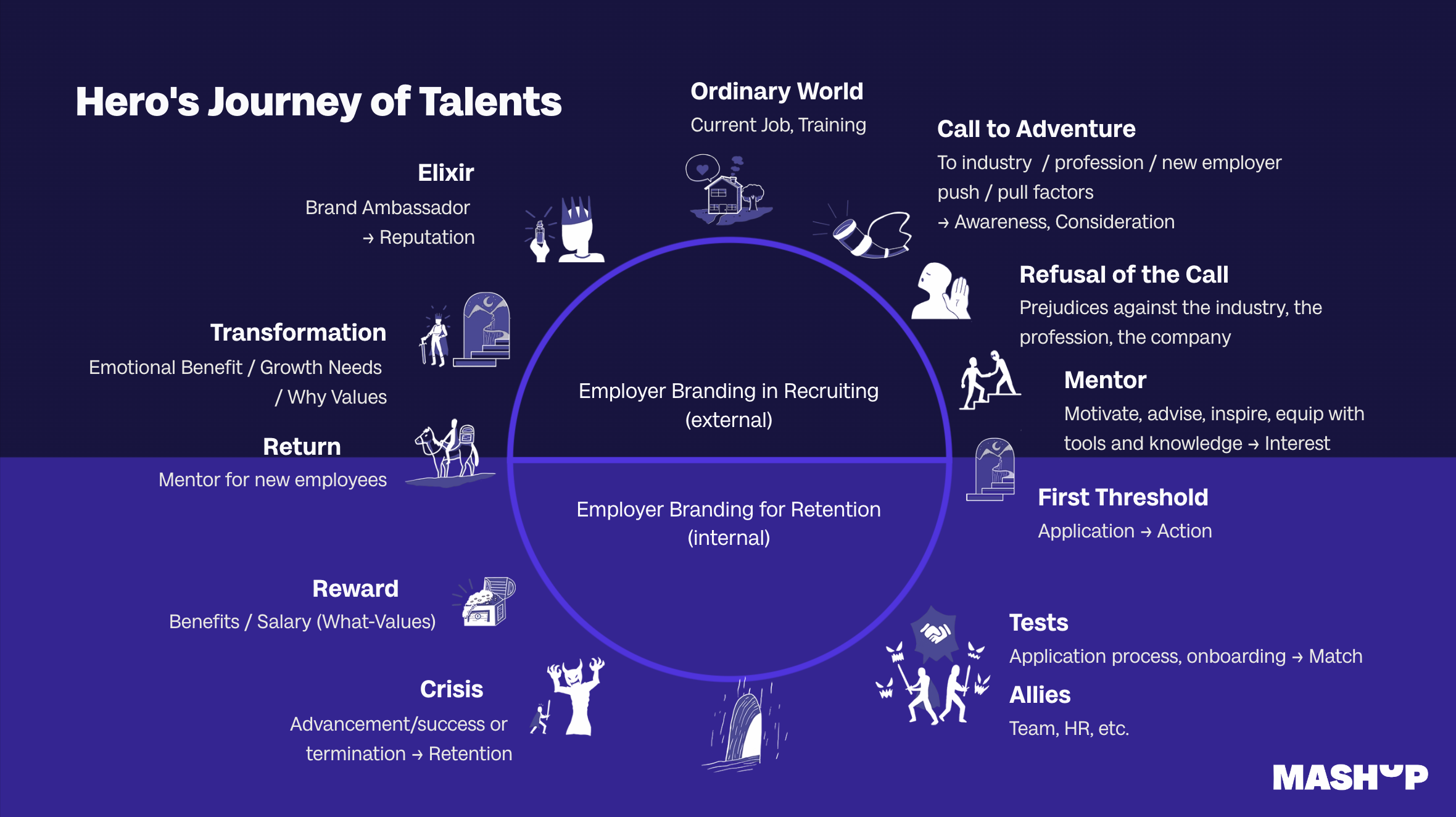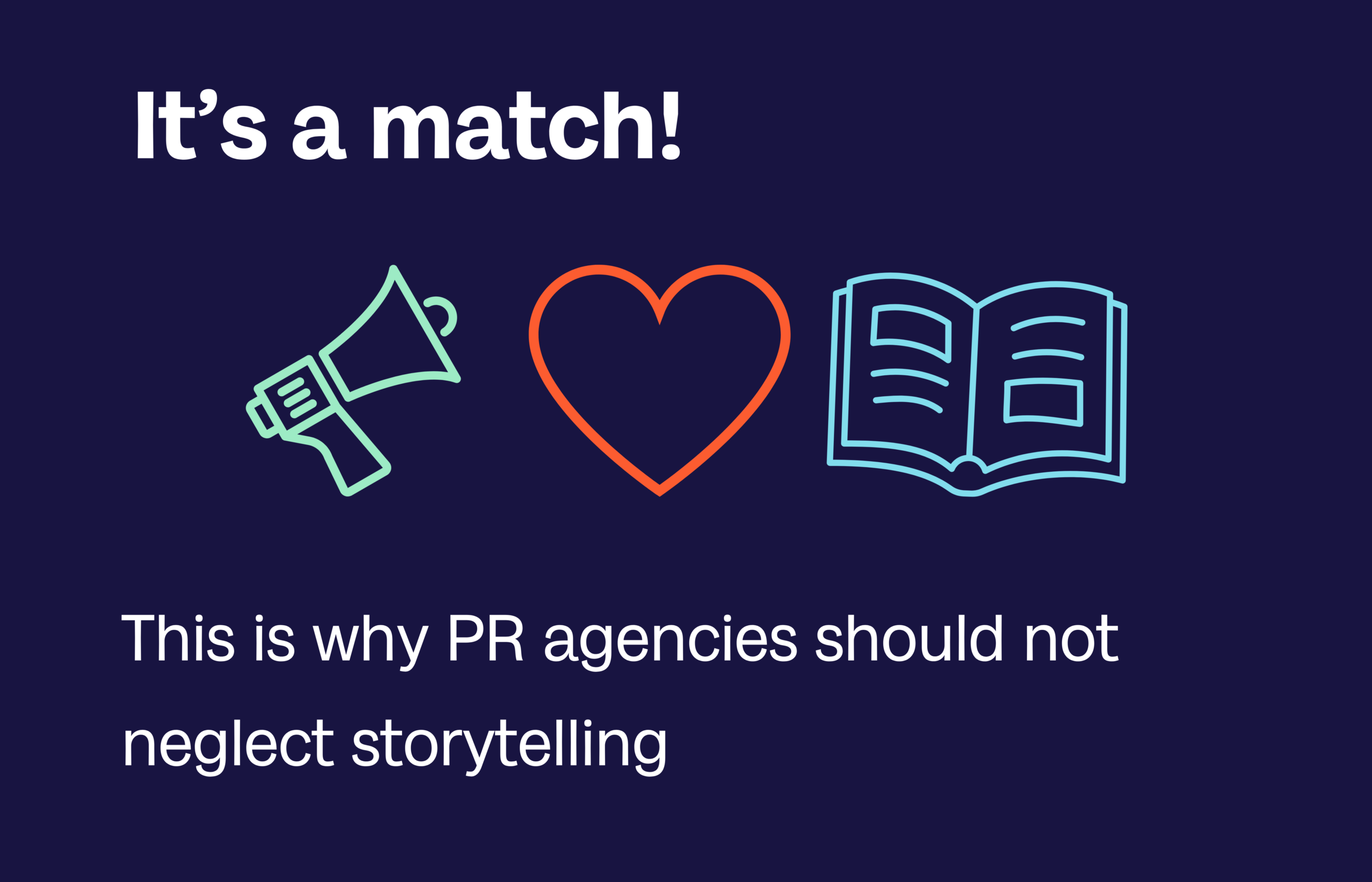Ask yourself why! How to find the Key Message for your Company
If you are in the process of developing a PR or marketing strategy for your company, the key messages definitely belong at the very beginning. The aim here is to work out the most important aspects of the brand and formulate them as concretely as possible. Three simple questions will help you: what, how and why. Sounds easy at first? Well, not necessarily. But don’t panic, we have some practical tips to help you find your own personal key messages.

The 3 Ws of Communication
Admittedly, really getting to grips with your own core message, i.e. what the company stands for, is not a matter of five minutes. A little more work has to be invested. But: It’s worth it. And not just for brands, but also for speakers, employers or simply your next presentation. The great thing is: once the messages have been formulated, the rest of the communication work becomes a lot easier, I promise! So yes, it never hurts to think about your own “what”, “how” and “why”. It is interesting to note that most companies can still answer the question of what relatively easily – after all, this is about the product. And let’s be honest, everyone should know what is being produced, developed or communicated, right? The question of how this product is manufactured or the service offered is somewhat more difficult. In order to answer this question, the company values are of primary help. But it’s the “why” that really gets down to business. And that’s what we’re taking care of now.

Tell me why: With the why to Customer Loyalty
Why do you do what you do? A simple question that is not so easy to answer on closer inspection. Spoiler: “For money” is the wrong answer here. Even though this is certainly an important aspect of the work. Nevertheless, it is more about putting your own vision into words and inspiring others with what you are passionate about. The most successful sales argument is still a clear, emotional message. Attitude catches more flies than empty advertising messages. Simon Sinek, author of the book “Start with why”, has already recognized this: “People don’t buy WHAT you do. They buy WHY you do it. And if you talk about it, you will attract the very people who believe in it.” In other words, before companies talk about what or how, they should communicate their vision. This is the only way they can stand out from the crowd of competitors and find their very own, authentic voice. Many will make exactly what you make, perhaps even in the same way. It is therefore all the more important not to be one or one of many.
Finding and Reinforcing your own Key Message: Perwoll
“New? No, washed with Perwoll!” – Perwoll has been advertising with its claim for many years, communicating its core message at the same time. Clothes don’t always have to be bought new. With the right care, you can enjoy your favorite pieces for a long time and make a contribution to sustainability at the same time. With the latest #RethinkFashion campaign, they have now reinforced this message once again, transported it into the present day and put on a fashion show with second-hand clothing. Rightly one of our storytelling campaigns of the month.
Communication beyond the Masses
Potential customers are inundated with thousands of advertising messages every day. And they all promise good products at an unbeatable price. So you can hardly win a flower pot with this kind of communication. Clear key messages are essential in order to stand out and be noticed at all, above all the question of why.
The most important findings summarized:
- Why: This is where the company’s vision is worked out. This should be at the center of communication and take precedence over the how and what.
- How: The company’s values play a major role here. It’s about HOW production, development or communication takes place.
- What: The what, i.e. the product or service, should play a subordinate role in communication if brands want to be authentic and successful!
Share this article
Related articles

11 March 2024








